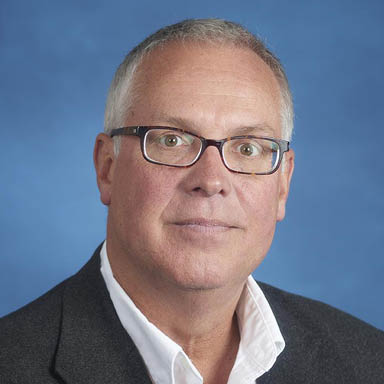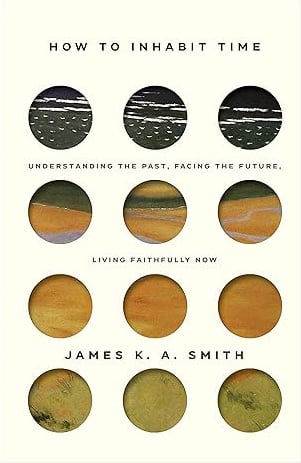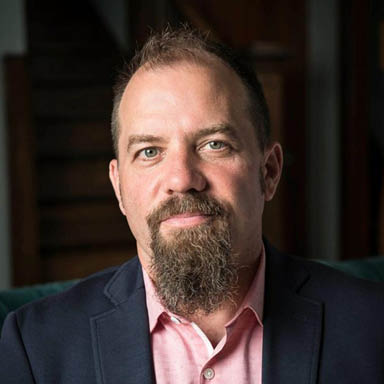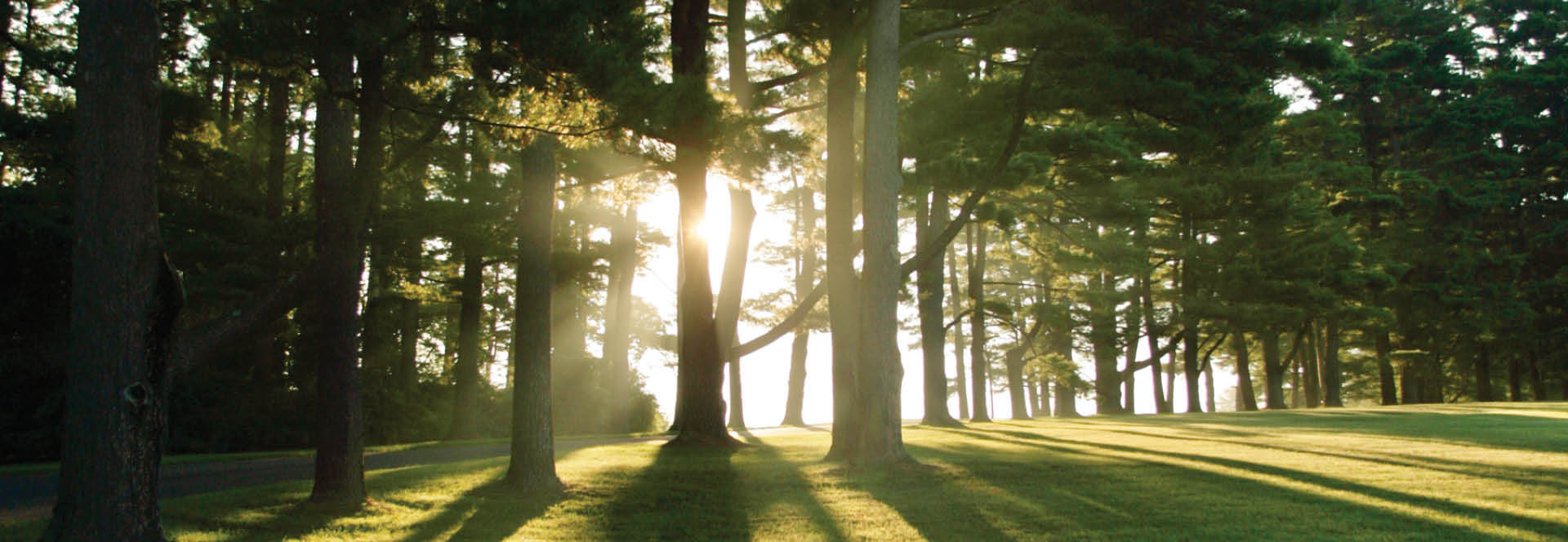by David Guthrie, NetVUE Grants Assessment Coordinator
Explorations of vocation are commonly linked to questions such as “Who am I?” and “What am I to be and do?” Smith’s book invites readers to consider another vocation question, perhaps not as frequently intoned: “When am I?” That is, according to Smith, time—past, present, and future—inexorably shapes us; to be human is to live temporally.
Smith’s philosophical and theological expertise are bountifully present and masterfully interwoven in this text. For example, he considers philosophical treatments of temporality and theological insights regarding chronos and kairos (mere “clock” time vs. “timeliness”) and urges us “to inhabit the present in such a way that the future is the beating heart of my now” (152). Readers with similar interests and/or backgrounds may find the book most appealing. This is likely not a book for college students in their earlier years of college, although Smith’s emphasis on the importance of discernment may resonate—particularly with respect to eschewing nostalgia, shame, and worry and embracing a posture of expectancy and hope.


Reading this book came at an important time for me vocationally. I am now at the end of a career in the academy, having served in Christian institutions and, most recently, in a large public university. I have been a faculty member and an administrator in both contexts and have worn more than a few hats along the way. Smith suggests early on that readers not “come [to the book] so much to learn as to dwell” (xv; emphasis his). I found that quite easy to do throughout the book; a word or a phrase or a paragraph invited me to pause before going further. Sometimes those pauses were long; sometimes they were convicting; and sometimes, they included tearful reflection.
For some, Smith’s book may read like a memoir or like a journal that conveys ways that he is learning “to inhabit time.” It may even conjure up affinities with the book of Ecclesiastes, which Smith utilizes in well-placed interludes throughout the book. Personally, I found this book to be quite devotional, even pastoral. For example, the chapter titled “the history of the human heart” affirms that “skeletons in the closet from generations past still drip, drip, drip into our lives” (56), but “God’s grace enables [us] to make friends even with [our] ghosts” (69). As with many of the book’s chapters, the one subtitled “how to love what you’ll lose” (in homage to Augustine) weaves together philosophers and poets, along with insights gleaned from biblical studies and personal experiences, to affirm that letting go, loss, and mortality are blessings of creatureliness. Smith says it this way: “to live mortally is to achieve a way of being in the world for which not all change is loss and not all loss is tragic—while at the same time naming and lamenting those losses that ought not to be. . . . Being mortal is the art of living with loss, knowing when to say thank you and when to curse the darkness” (105–106).
Smith further builds on an embrace of mortality in the concluding two chapters, noting in chapter five, for example, that “sometimes the gifts come at the end” (134) and that “God doesn’t always sound the same. . . . God and God’s Word remain the same, but the place and season in which I (and we) hear it creates new resonances, new epiphanies” (141–42). Then, in the final chapter—focusing on “on not living ahead of time”—he compellingly offers the image of an “unhurried person” that “makes room for rest despite everything that needs to be done” (169).
Is it any wonder that a person facing a new season vocationally—in my case as a retired person—received Smith’s efforts as particularly meaningful, reorienting, and restorative? Perhaps others experiencing new seasons of life may likewise find a place to dwell in this treasure of a book.
Full citation: Smith, James K. A. How to Inhabit Time: Understanding the Past, Facing the Future, Living Faithfully Now. (Grand Rapids: Brazos Press, 2022).


To report a technical problem with the website, or to offer suggestions for navigation and content issues, please contact Alex Stephenson, NetVUE communications coordinator, at astephenson@cic.edu.


